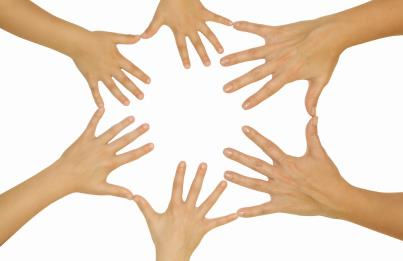Positive Change Leaders
- ESRA KÜÇÜKYALÇIN
- Apr 4, 2023
- 2 min read

In 2015, whether it was losing our mother to a brain tumor or simply that the time had come, I’m not entirely sure—but I suddenly felt an urgent need to understand topics like “how the brain and nervous system work” and “how they shape us.” This marked the beginning of an entirely new chapter in my life.
Having gone through challenging experiences and life events, I can honestly say that I now see the world in a completely different way. Following my professional coaching training and the coaching sessions I delivered, I began to experience change myself—and it truly felt like the fog had lifted. It’s fascinating, almost divine, to think that an organ weighing no more than 1.5 kilograms contains our thoughts, dreams, memories, and experiences.
I won’t focus on the numerical values or the medical functioning of the brain in this article, but reading about the trillions of cells in our brain—and the synapses (cellular connections in the brain) that reach up to 100 trillion by the age of two—is incredibly exciting.
As individuals, our brains reach their maximum synapse capacity by the age of two, but then lose about 50% of it. The synapses that are used and strengthened remain, while the unused ones disappear.
This process, which shapes our character and defines who we are, continues throughout our lives. This is precisely the point I want to emphasize. By nature, humans are adaptable to change. Unlike other species, we are born “half-coded.” While this coding largely contains our vital functions, the rest is shaped by what we learn through experience. This allows our brains to adapt quickly to the environment we are born into—or to different environments. It even enables our species to dominate other species and systems.
It’s easy to conclude that the period up to the age of two is critically important for our children. Since the environment we grow up in shapes who we become, ensuring that future generations live in a better world falls upon us.
Feeding our children during their learning process with love for people, animals, and nature—as well as values such as science, creativity, and many other positive traits—and approaching them with a coaching mindset should be a crucial responsibility. This way, the new generation can become “Positive Change Leaders” who will implement creative and sustainable solutions in their own lives and in the institutions they are part of.
When we pass on human knowledge to our children while also meeting their emotional needs, we can positively impact the world’s future—spiritually and in practical terms—helping to create a sustainable world.
Stay with love.




